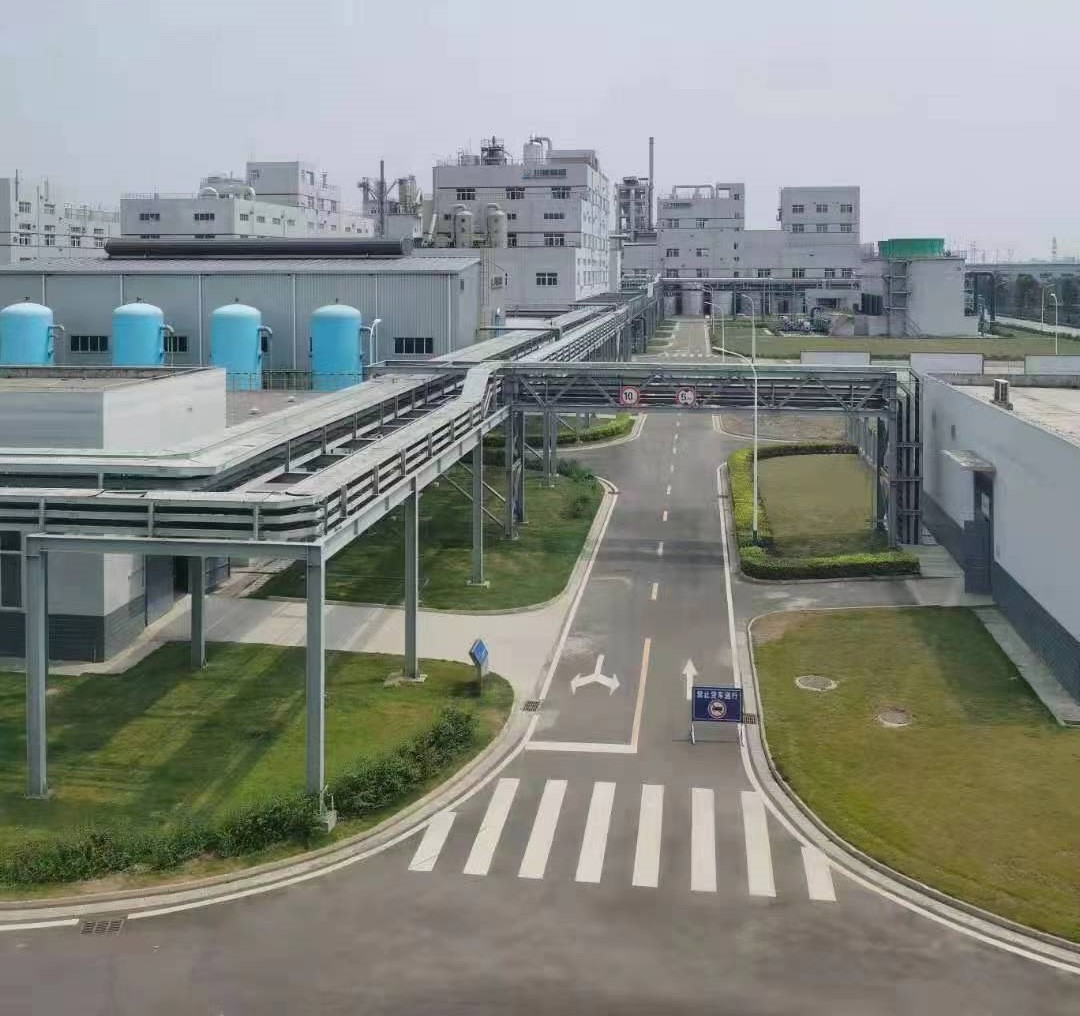Process for recovering nickel sulfate from general waste batteries
Jul,10,25
The process of recovering nickel sulfate from waste batteries mainly includes the following key steps: pretreatment, leaching, extraction and separation, and subsequent refining and purification. The following is a detailed process flow introduction:
1. Pretreatment
Waste batteries need to be pretreated before recycling, including disassembly, crushing and screening. For waste ternary lithium batteries, the battery shell is usually removed first to separate the electrode material. The purpose of pretreatment is to enrich the valuable metal components in the battery for subsequent leaching operations.
2. Leaching
Leaching is one of the key steps in recovering nickel sulfate. Its purpose is to dissolve nickel and other valuable metals in the battery into the solution. Commonly used leaching methods include acid leaching and reduction acid leaching. In the acid leaching process, sulfuric acid (H₂SO₄) is usually used as a leaching agent, and a reducing agent (such as sodium bisulfite NaHSO₃ or hydrogen peroxide H₂O₂) is added to reduce the valence of metal ions and improve leaching efficiency. For example, metals such as nickel, cobalt, and manganese in ternary lithium batteries can be dissolved through the following reaction: MeO2+H2SO4+NaHSO3→MeSO4+Na2SO4+H2O, where Me represents metals such as nickel (Ni), cobalt (Co), and manganese (Mn).
3. Extraction and separation
The leachate contains a variety of metal ions, and nickel needs to be separated from other metals through extraction and separation processes. Commonly used extractants include P204 and P507. The extraction process is usually divided into the following steps:
Saponification: The extractant (such as P507) reacts with alkali solution to convert it from hydrogen type to sodium type to improve the extraction efficiency.
Extraction: The leachate and the saponified extractant are subjected to multi-stage countercurrent extraction to load metal ions such as nickel into the organic phase.
Stripping: Use sulfuric acid solution to strip the nickel ions loaded in the organic phase into the aqueous phase to obtain a nickel sulfate solution.
4. Refining and purification
The nickel sulfate solution obtained after extraction and stripping may still contain a small amount of impurities and needs further refining and purification. Common refining methods include precipitation method, ion exchange method, etc. For example, by adjusting the pH value of the solution, impurity ions can be precipitated to obtain a high-purity nickel sulfate solution.
5. Environmental protection measures
In the process of waste battery recycling, pollutants such as acidic wastewater, waste gas and waste residue will be generated. In order to reduce the impact on the environment, corresponding environmental protection measures need to be taken:
Wastewater treatment: acidic wastewater is treated by neutralization, precipitation, filtration and other methods to remove heavy metal ions.
Waste gas treatment: waste gas generated during the extraction process is collected and purified to prevent harmful gas emissions.
Waste residue treatment: solid wastes such as leaching residues are reliably disposed of or recycled.






